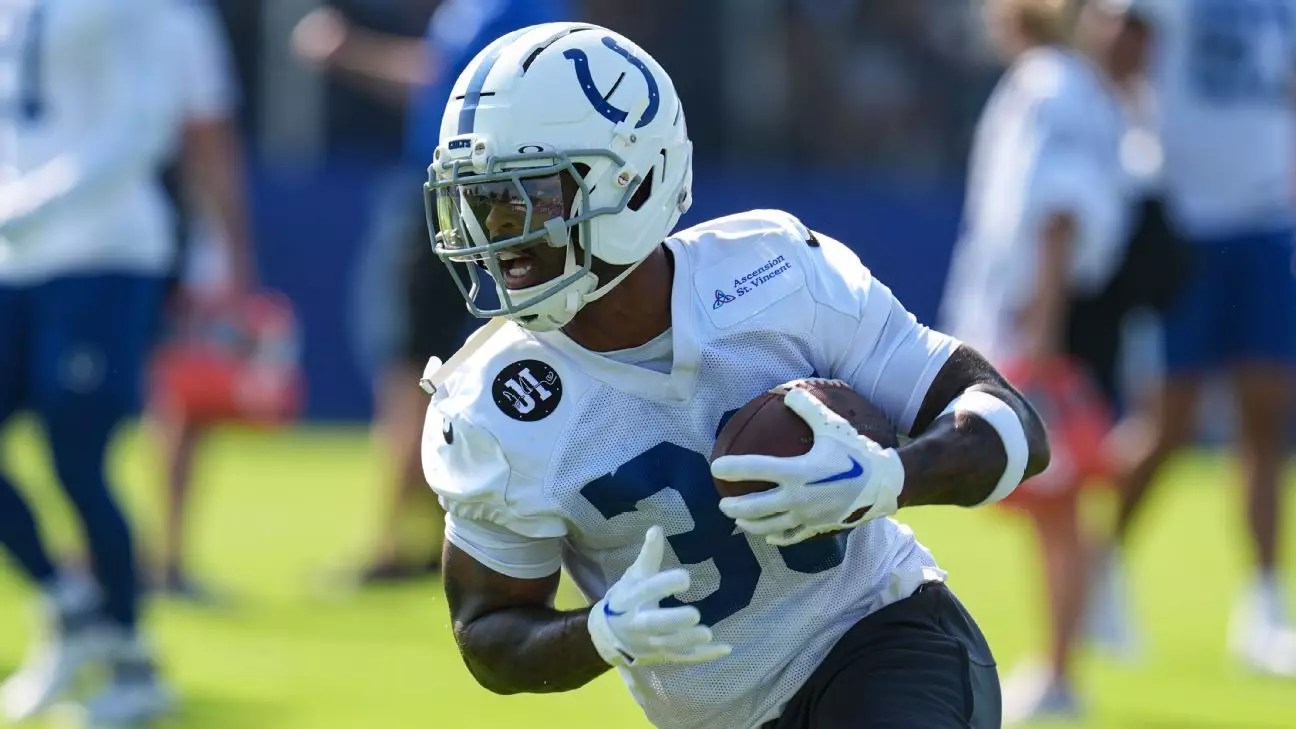In the high-octane world of professional sports, particularly football, there is an ongoing narrative that values resilience and toughness above all else. Coaches and teams often justify intense training methods and risky play by emphasizing that hardship builds character and excellence. However, this mindset dangerously underestimates the real consequences of neglecting athlete safety. The recent injury suffered by Salvon Ahmed serves as a stark reminder that pushing players into perilous situations under the guise of developing toughness is not just reckless but morally questionable.
Chasing victory at the expense of well-being fosters a culture where injury becomes an accepted casualty, inevitably leading to long-term health issues and diminished quality of life. When teams create environments where players are encouraged or even forced into dangerous situations like live tackling during practice, they dismiss the fundamental responsibility to protect those who dedicate their lives to the game. The notion that athletes must accept pain as part of their craft is flawed—especially when avoidable techniques, such as the illegal hip-drop tackle, continue to threaten careers and lives.
The Dilemma of “Real Play” Versus Player Safety
The decision to incorporate more intense, live tackling sessions during training camp, as explained by Colts coach Shane Steichen, reveals a troubling dichotomy. On one hand, teams seek to prepare players for the brutality of actual games. On the other, aggressive tactics paved with the illusion of building toughness often ignore that modern medicine and science advocate for safer training practices. Creating the “edge” and “identity” of a team should never come at the expense of players’ health.
Ahmed’s injury, caused by a dangerous and banned tackling technique, exemplifies how prioritizing aggressive drills over safety can produce tragic results. It’s a sobering reality check that the pursuit of superficial grit risks long-lasting damage—damage that extends beyond the field into players’ personal lives. If the sport is to evolve into a safer and more sustainable domain, teams must rethink their approach to training, moving away from the veneer of toughness and towards genuine athlete protection.
The Ethical Consequences of Culture and Leadership in Sports
The response of the Colts’ leadership to Ahmed’s injury demonstrates the broader cultural issue ingrained in professional sports. When the team decided to continue practice after a significant injury, they subtly endorsed the idea that competition, even at the cost of athlete safety, is paramount. The presence of veteran players and leadership promoting resilience over caution perpetuates a cycle of risky behavior that devalues human well-being.
It’s imperative for leadership to evolve beyond this outdated mentality. Emphasizing safety should be intertwined with team culture, not seen as a hindrance to success. Athletes like Ahmed, who have dedicated their lives to the sport, deserve more than mere lip service when it comes to their health. Teams and leagues need to foster environments where injuries are viewed as failures of safety standards, not necessary sacrifices on the altar of performance.
Reimagining a Future Where Athlete Wellbeing Comes First
This incident underscores the urgent need for reforms in how football and other contact sports are practiced. Protective rule changes, like banning the hip-drop tackle, are significant steps, but without an accompanying cultural shift, efforts may fall short. The legitimacy of aggressive training practices must be challenged—sports organizations should prioritize long-term athlete health over short-term gains or spectacle.
Sports fandom and society at large also carry a responsibility. Celebrating players’ resilience must not blind us to the human costs they bear. We should advocate for smarter, safer methods that value the athlete as a person, not merely a tool for entertainment. Truly progressive sports culture demands that we redefine what toughness means—moving away from reckless danger towards intelligent, humane approaches that respect the dignity and health of every athlete.
By refusing to accept injury as an unavoidable part of sports, society can champion a future where athletic excellence and human safety coexist. The injury sustained by Salvon Ahmed should serve as a catalyst for meaningful change—one that rebalances the scales in favor of protecting those who keep us thrilled with their skill and dedication.

